New trend, twisting the levers to be more aerodynamic
The time trial on the first day of the Tour Down Under left us with curious images of bikes with the levers rotated as much as possible to provide riders with the most aerodynamic position possible and thus try to avoid the limitations imposed by the UCI in terms of position and width of the handlebars for conventional road bikes.
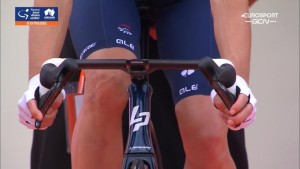
All for aerodynamics
The tendency of cyclists to position their levers rotated inwards is nothing new. It is an image that has become commonplace on professional bikes since the UCI decided to ban positions considered dangerous, including the one that placed riders with their forearms resting on the handlebars as a virtual time trial coupling.
With the new rule, the UCI stipulated that the hands had to be in contact with some part of the handlebars or levers. As always, whoever made the law, made the trap, and the way riders found to get around this limitation was to turn the levers inward so that a narrower position could be adopted while still maintaining contact between the levers and the hands.
RECOMENDADO
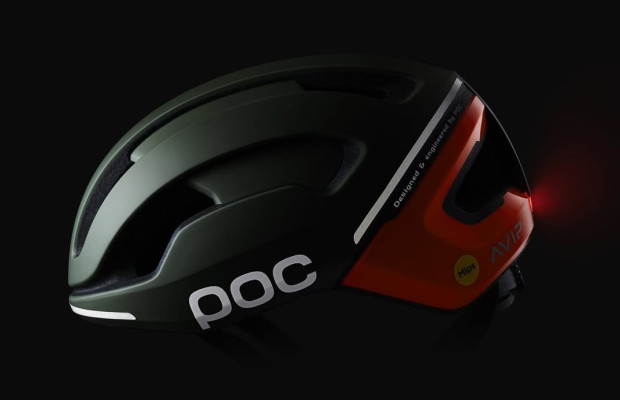
Black Friday 2025 cycling bargains: save on Garmin, POC, Maxxis and more
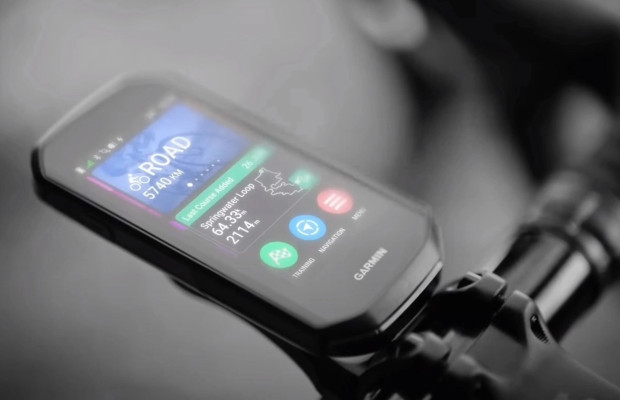
Black Friday Garmin 2025: the ultimate guide to choosing your GPS at the best price
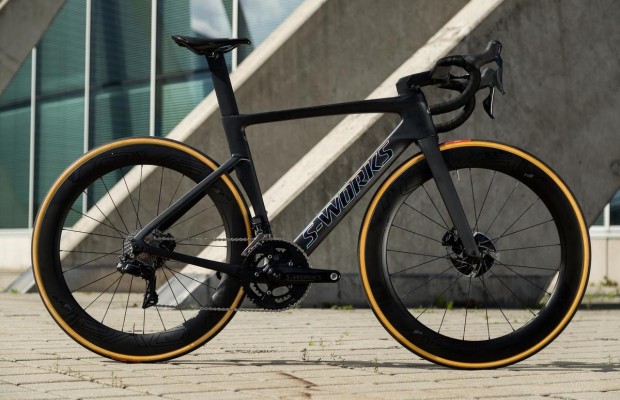
Which profile wheels to choose according to the area where you live: mountain, flat or coast

How to wash your cycling clothes? 10 keys to make them always look new
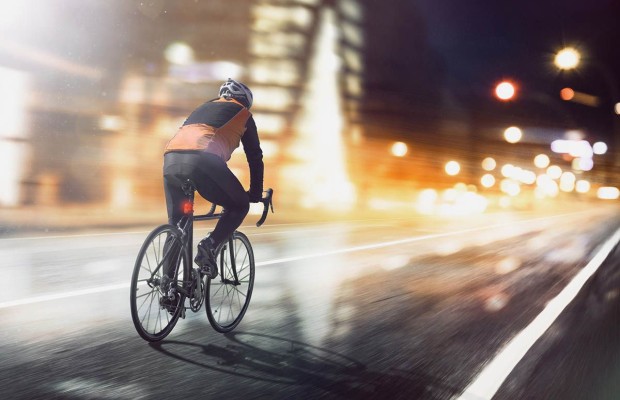
Cycling can help you fight the effects of the time switch
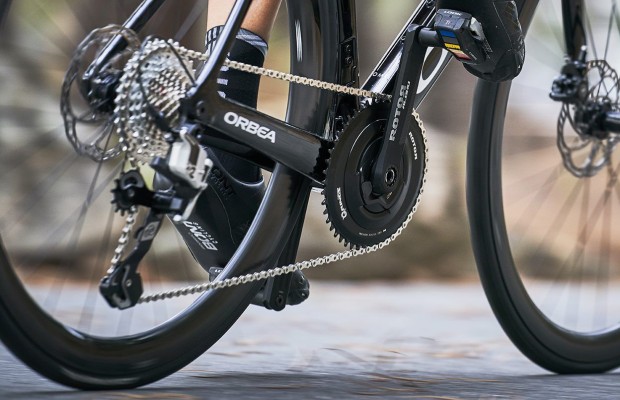
Important keys to make your training work
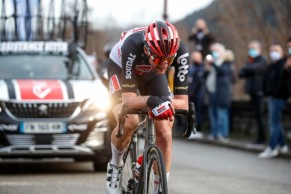
At the same time, narrower and narrower handlebars have become common on racing bikes. Long gone are the days when we used to see 44 cm wide handlebars. Nowadays even the biggest sprinters opt for sizes between 38 and 40, at the limit of what is set by the UCI rules as minimum width, as this element has also come up against the regulations of the international federation.
The 2023 season started early this morning with the Tour Down Under prologue, a 5.5 km time trial. In these early season races, which require the teams to travel long distances, it was decided a few years ago, to reduce logistical costs, that the cyclists should race in the time trials with their usual road bike.
However, we all know that aerodynamics are essential when it comes to the individual fight against the clock, especially if it is as short as the Tour Down Under prologue where the speeds are extremely high.
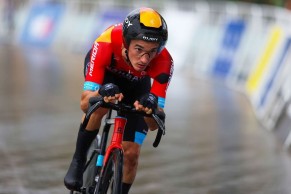
That is why cyclists try to tune the aerodynamics of their bikes to the maximum, not only opting for the aerodynamic bike models provided by the brands, but also looking for the most aggressive position possible. This has caused that in this first time trial of the year we saw completely implausible placements of the levers, turned inwards to the limit of what the cabling has allowed, in order to simulate the placement that would be obtained by carrying aerodynamic coupling.
The most curious image was that of Bahrain-Victorious rider Pello Bilbao, who wore the levers in a totally crazy position. Although this solution only helped him to finish 25th, 20'' behind the winner, EF Education-EasyPost's Italian Alberto Betiol, who benefited from starting at the beginning of the race and largely avoided the rain that conditioned the majority of the riders' performance.

In addition, we have also seen set-ups with lenticular wheels, another curious look for a conventional road bike and, of course, time trial suits and aerodynamic helmets.
It is ironic that this placement of the levers, turned inwards, has been the alternative found by the cyclists to avoid the limitation of the UCI to the positions considered as dangerous and, however, it has not been taken into account that this option affects the effectiveness when operating the brake levers by breaking completely with the ergonomics designed for this component by the manufacturers. Above all, in an urban and disputed race in the rain like the one this morning, where this resource of turning the levers could have been even more dangerous than if the old position with the forearms on the handlebars had been chosen or, simply, to have authorized the installation of the aerodynamic extension only.